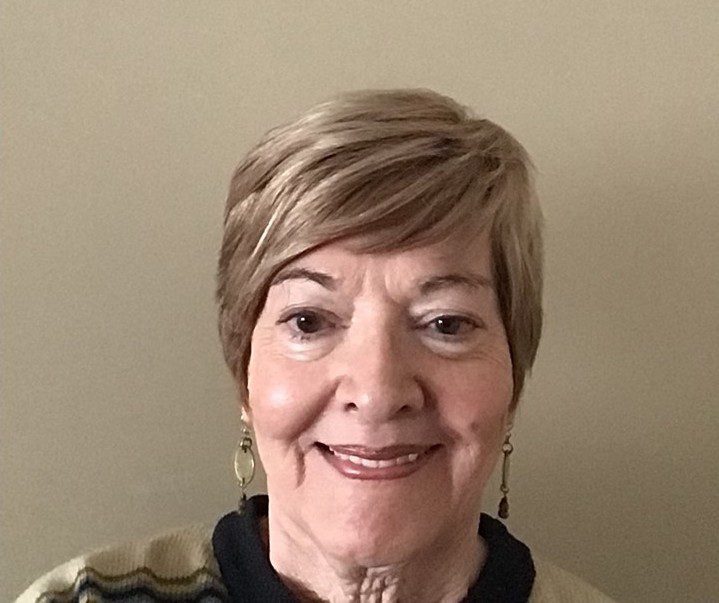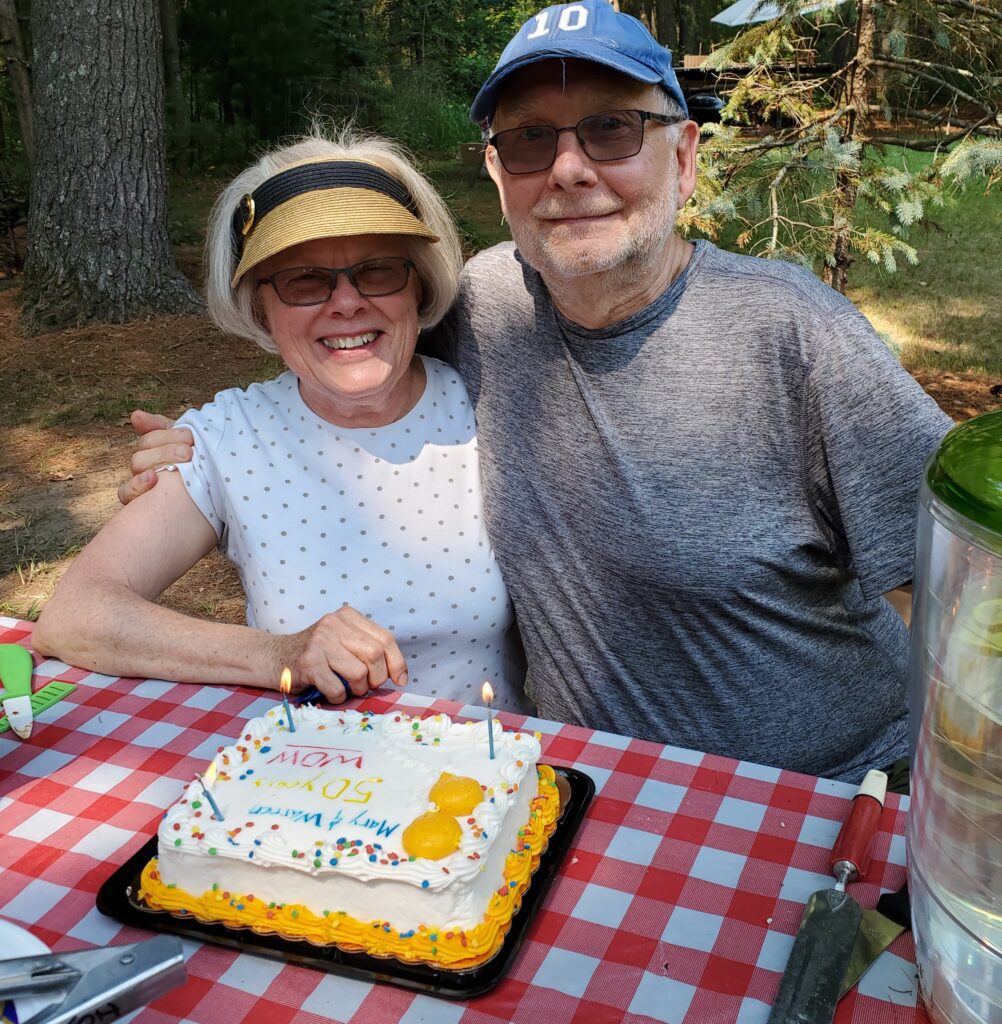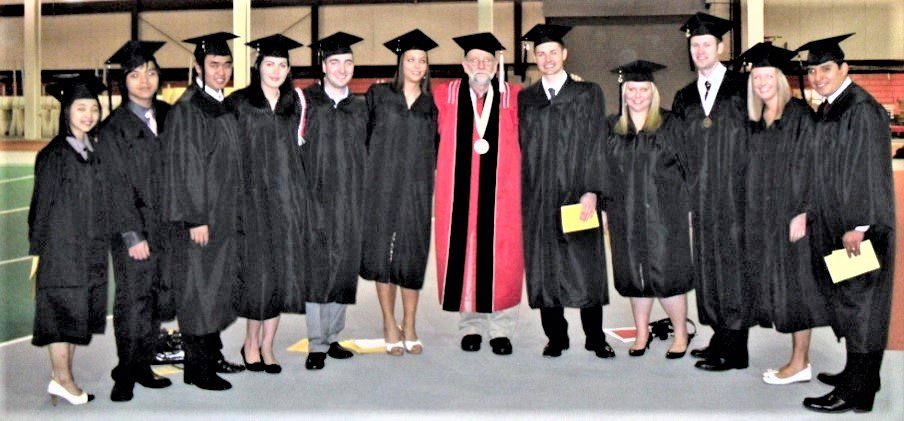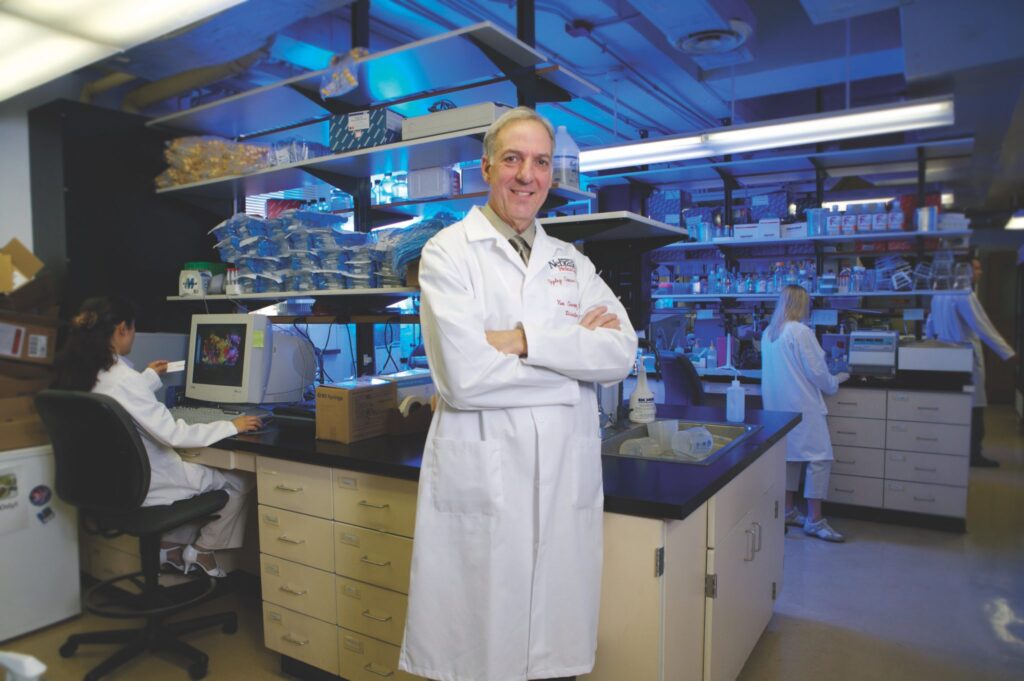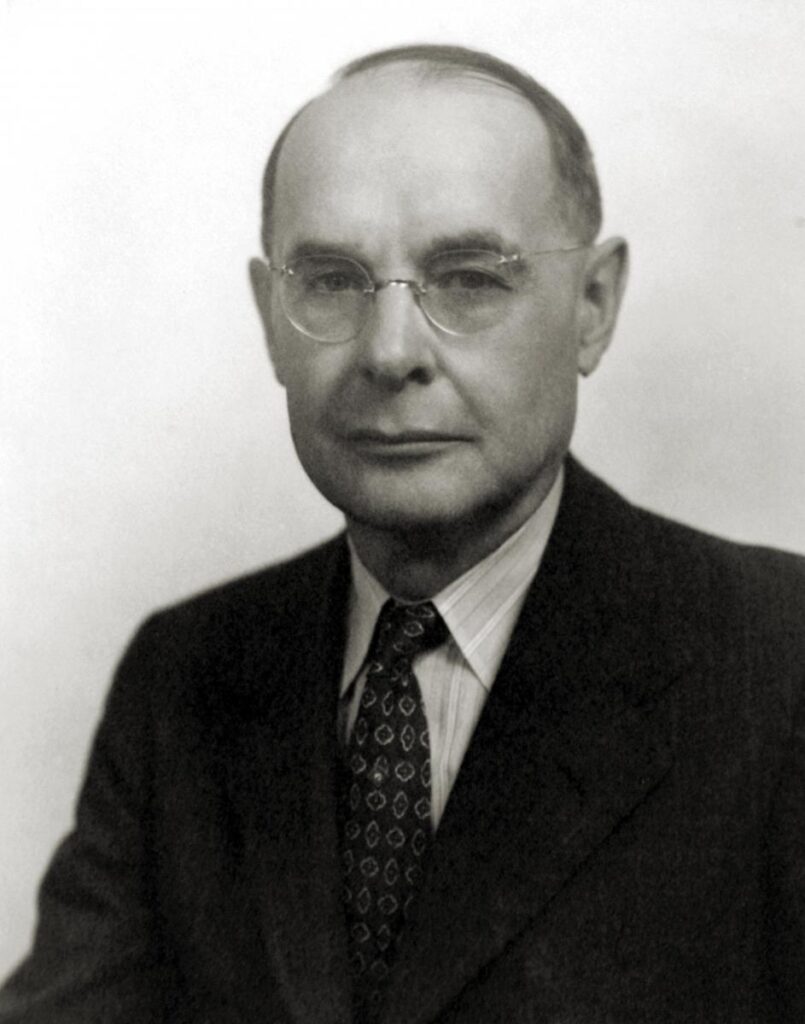By Ed Rider
The impact of philanthropy throughout the University of Nebraska is unmistakable. From state-of-the-art facilities to high-tech equipment, new educational programs, student scholarships and faculty support, private donors have left an impression on the university for generations to come.
Approximately 1,500 students, faculty and staff from across the University of Nebraska System gathered over several weeks to celebrate the launch of Only in Nebraska: A Campaign for Our University’s Future. The campaign is a historic initiative to engage 150,000 benefactors to raise $3 billion to support the University of Nebraska and build the future Nebraska needs right now.
Campus campaign kickoff events began Dec. 7 at the Nebraska College of Technical Agriculture in Curtis, Nebraska, with approximately 200 people in attendance. The University of Nebraska Medical Center and the University of Nebraska at Omaha held rallies the next day that drew about 500 at each campus. Approximately 300 attendees took part in the University of Nebraska at Kearney’s event Jan. 24. Scheduled events at the University of Nebraska–Lincoln City Campus and East Campus were canceled due to a winter storm Feb. 16. The events will likely be rescheduled.

